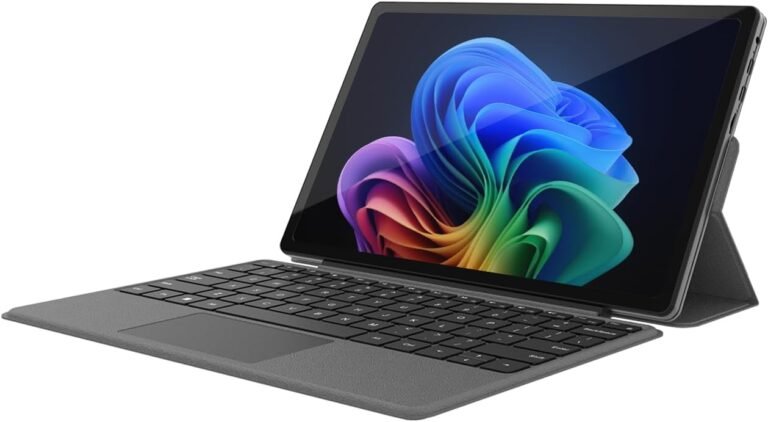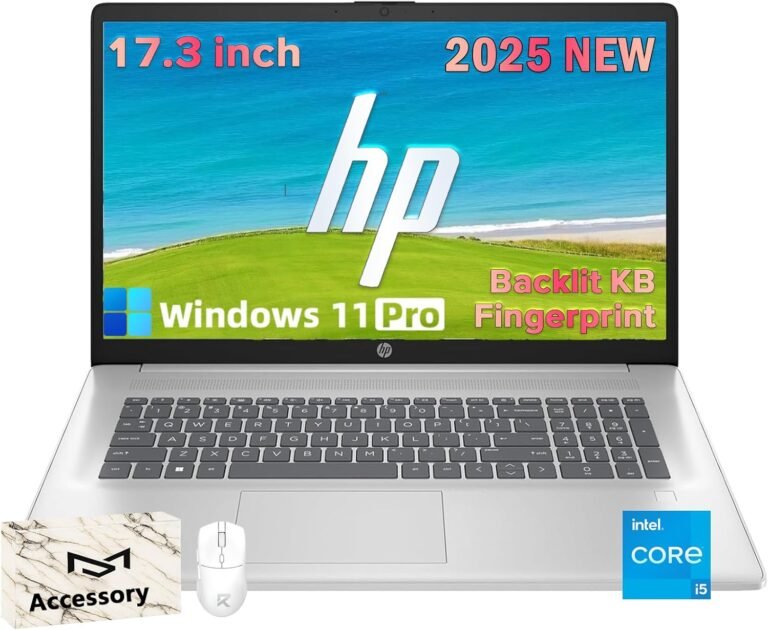
In today’s fast-paced digital environment, managing your device’s power settings efficiently is key to achieving the balance between performance and battery life. Whether you use your Windows PC for work, gaming, or casual browsing, customizing power settings empowers you to maximize energy efficiency without compromising on output.
This comprehensive guide explores how to customize power settings on Windows devices to master your energy consumption effectively.

Understanding Power Settings and Their Importance
Power settings, also known as power plans or power schemes, are collections of hardware and system configurations that control how your computer uses and conserves power. These settings impact how fast your machine runs, how long your battery lasts, and how quickly the device wakes from sleep mode.
Adjusting these settings allows you to:
- Extend battery life during portable use
- Optimize system performance when plugged in
- Reduce energy consumption to save costs and minimize environmental impact
How to Change Power Mode on Windows PCs
Windows offers built-in options for adjusting power modes to match your current priorities—whether seeking performance or extended battery life.
Steps to Change Power Mode on Windows 10 and 11
- Click the Start button and open Settings.
- Navigate to System > Power & battery.
- Under Power mode, select the desired option:
- Best battery life: Extends battery longevity by reducing performance.
- Balanced: Offers a compromise between battery use and system responsiveness.
- Best performance: Maximizes system speed at the cost of greater power consumption.
Alternatively, you can access the Battery icon on the taskbar and drag the slider to select your preferred power mode quickly.
Note: Availability of power modes may vary depending on your computer’s hardware and manufacturer support. For older Windows versions, these settings may reside in the Control Panel under System and Security > Power Options.
Creating and Customizing Your Own Power Plan
For users seeking tailored power configurations beyond the default options, Windows enables the creation of custom power plans.
How to Create a Custom Power Plan
- Open Control Panel.
- Choose Hardware and Sound > Power Options.
- Click Create a power plan from the sidebar.
- Select an existing plan to base your custom plan on or start from scratch.
- Name your power plan uniquely (e.g., "OutdoorPlan").
- Proceed with on-screen instructions to customize settings such as display timeout, sleep timer, and processor power management.
Custom power plans can be adjusted to suit particular use cases, like maximizing battery life during travel or optimizing performance for gaming sessions.
Advanced Customization and Management
Besides the standard settings, users with technical expertise can fine-tune additional parameters not available in the graphical interface using the powercfg command-line tool.
- To view all power schemes, open an elevated Command Prompt and type:
powercfg -LIST - To export and share your customized power plan, use:
powercfg -EXPORT C:\YourPlanName.pow {GUID}
This flexibility allows IT administrators and advanced users to deploy optimized power settings across multiple devices.
Best Practices for Optimizing Power Settings
- Identify Your Priority: Decide if you need longer battery life or higher performance for your current tasks.
- Use Balanced Mode for Everyday Use: It provides a reliable middle ground.
- Turn Off Unnecessary Devices: Disable Wi-Fi or Bluetooth when not needed to save power.
- Adjust Display Brightness: Lowering brightness significantly reduces power use.
- Update Drivers and Windows: Updated software can improve power management efficiency.
Conclusion
Mastering your device’s energy consumption through customizing power settings not only enhances productivity and usability but also contributes to longer hardware lifespan and environmental benefits. Windows offers a suite of tools, from simple power mode selections to advanced custom power plan creation, enabling users of all levels to optimize power use effectively.
By understanding and tailoring these settings to your needs, you ensure your device operates exactly how you want—whether balancing battery life or maximizing performance.
Empower yourself to customize your power settings today and take control of your PC’s energy and performance like never before.









